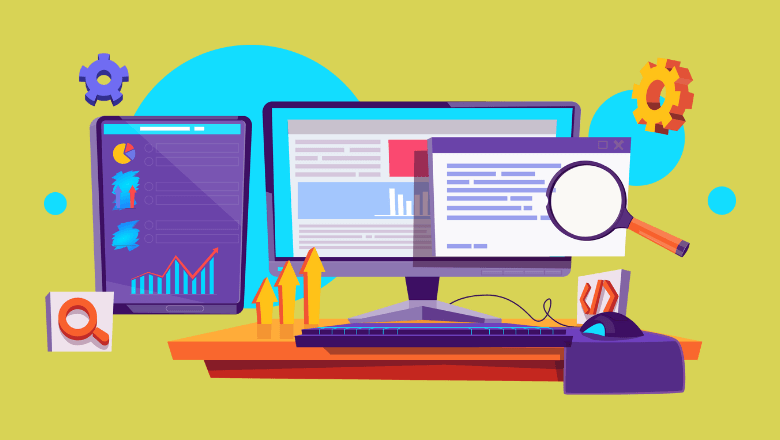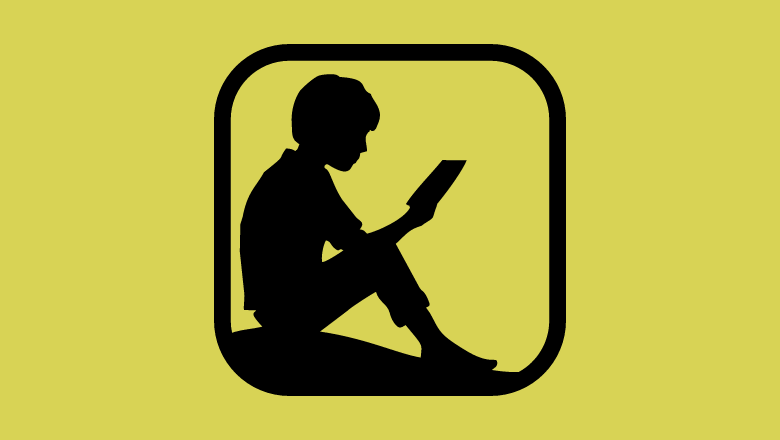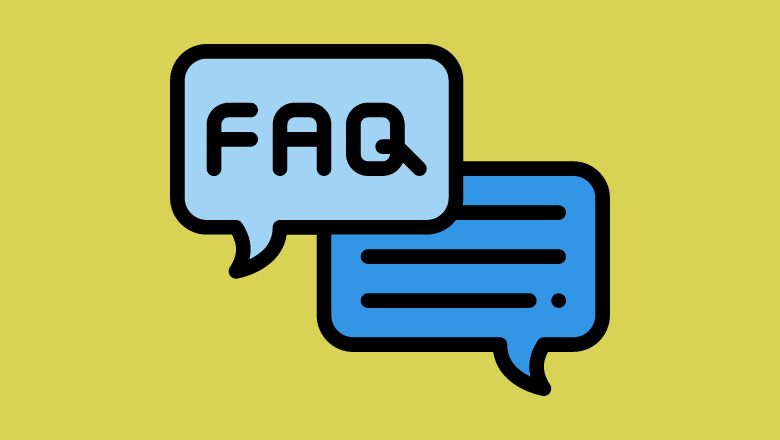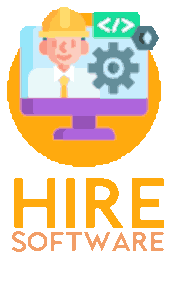Onboarding a software engineer is a pivotal process that sets the tone for their entire tenure with a company.
It can be the catalyst for a productive and engaged employee who feels valued and invested in the organization’s prosperity.
Conversely, a botched onboarding can result in disengaged employees who never feel part of the team and are more inclined to seek greener pastures.
This piece will delve into the most effective techniques and recommendations for onboarding a software engineer, guaranteeing a seamless and successful transition.
We will address all aspects, from pre-boarding to post-onboarding, and furnish practical counsel for every step of the process.
Pre-boarding: Setting Expectations and Building Excitement

Pre-boarding is the period before the new hire’s official start date. It’s an opportunity to set expectations, build excitement, and start laying the groundwork for a successful onboarding experience.
Communicate Early and Often
As soon as the offer letter is signed, start communicating with the new hire.
Send a welcome email, introduce them to their team members, and provide any necessary information about the company’s culture, values, and mission. This will help the new hire feel like part of the team before starting.
Set Expectations
Communicate what the new hire can expect during the onboarding process. Provide a timeline and outline the various steps they’ll go through, from paperwork to training to meeting with team members.
This will help the new hire feel more prepared and reduce their anxiety about starting a new job.
Provide Resources
Give the new hire access to any resources they may need to be successful during their onboarding process. This could include software tools, training materials, or even a mentor to help guide them through the process.
Onboarding: Building Connections and Skills

The onboarding process itself is where the rubber meets the road. It’s where the new hire starts building connections with their team members, learning the ins and outs of the company’s culture, and acquiring the skills they need to succeed.
Assign a Mentor
A mentor can help new hires feel welcome and connected. A mentor can answer questions, provide guidance, and help new hires navigate challenges during onboarding.
Provide Hands-on Training
Software engineers are hands-on learners, providing plenty of opportunities for the new hire to practice the skills they’ll need on the job. This could include pair programming with a more experienced developer, working on real-world projects, or participating in coding challenges.
Foster a Culture of Feedback
Encourage team members to provide regular feedback to the new hire. This will help them understand what they’re doing well and where they may need to improve. It’s also an opportunity to celebrate wins and build a sense of camaraderie.
Post-Onboarding: Ensuring Long-Term Success

The onboarding process continues when the new hire starts their job. It’s essential to continue supporting them and ensuring their long-term success with the company.
Check In Regularly
Schedule regular check-ins with the new hire to see how they’re doing and address any concerns. Additionally, you can provide feedback and ensure they’re on track.
Provide Opportunities for Growth
Software engineers thrive on growth and development, providing opportunities for the new hire to learn new skills and take on new challenges.
Attending conferences, participating in training programs, or even taking on leadership roles may be part of this.
Celebrate Milestones
Recognize and celebrate the new hire’s milestones and successes.
It could be completing a significant project, hitting a performance target, or positively impacting the team.
Celebrating these moments helps reinforce a sense of accomplishment and encourages the new hire to continue doing great work.
Solicit Feedback
Finally, feel free to ask the new hire for feedback on the onboarding process. What worked well? What could be improved?
Future hires can benefit from this information.
Amazon Book Recommendations

“The First 90 Days: Proven Strategies for Getting Up to Speed Faster and Smarter” by Michael Watkins.
This book provides practical advice on navigating a new job’s critical first 90 days, including onboarding strategies.
“The Manager’s Guide to Effective Onboarding” by Sharon Armstrong and Madelyn Appelbaum.
This guide offers practical tips and tools for designing and implementing a successful onboarding program.
“The Pragmatic Programmer: From Journeyman to Master” by Andrew Hunt and David Thomas.
This classic book provides timeless advice on software development, including tips for onboarding new engineers.
“Learning Python, 5th Edition” by Mark Lutz.
This comprehensive guide to the Python programming language is an excellent resource for new software engineers looking to expand their skills.
“Effective DevOps: Building a Culture of Collaboration, Affinity, and Tooling at Scale” by Jennifer Davis and Katherine Daniels.
On top of onboarding strategies, this book offers tips on building a DevOps culture.
FAQs about onboarding a software engineer using the McKinsey 7-S framework by Tom Peters & Robert Waterman

The McKinsey 7-S framework is valuable for analyzing organizational effectiveness and change. Here are some common questions:
What are the critical components of the McKinsey 7-S framework, and how can they be applied to onboarding a software engineer?
The McKinsey 7-S framework comprises seven interdependent elements: strategy, structure, systems, style, staff, skills, and shared values.
In onboarding a software engineer, strategy refers to the overall plan for integrating the new hire into the company.
At the same time, structure relates to the organizational hierarchy and reporting structure.
Systems include the tools and processes used by the company, while style refers to the leadership and management approach.
Staff and skills relate to the people and their abilities, and shared values represent the company culture and norms.
How can a company ensure that its onboarding strategy aligns with its overall business strategy?
A company can ensure that its onboarding strategy aligns with its overall business strategy by starting with a clear understanding of its goals and objectives.
The onboarding process should be designed to support these goals and help new hires understand how their work fits into the bigger picture.
Companies can align their onboarding and business strategies by setting clear expectations and goals for new hires.
How can the onboarding process be structured to ensure new hires have the skills to perform their jobs effectively?
The onboarding process should include hands-on training and practical experience to ensure new hires have the necessary skills to perform their jobs effectively.
This may involve shadowing experienced employees, working on real-world projects, or participating in simulations or training programs.
Additionally, companies can provide access to resources such as online courses or training materials to help new hires develop their skills.
How can companies ensure that their onboarding process supports a strong company culture?
Companies can ensure that their onboarding process supports a strong company culture by including an orientation to company values and norms.
Provide opportunities for team building and socializing, highlighting the company’s mission and vision to new hires.
How can companies ensure that their onboarding process is efficient and cost-effective?

Companies can ensure their onboarding process is efficient and cost-effective by automating specific tasks, such as paperwork or online training, and using technology to streamline the process.
Additionally, companies can use data analytics to monitor the effectiveness of the onboarding process and make adjustments as needed.
What can companies do to measure the success of their onboarding process?
Companies can measure the success of their onboarding process by tracking metrics such as time to productivity, employee retention rates, and employee satisfaction scores.
Additionally, companies can solicit feedback from new hires to identify areas for improvement and adjust the onboarding process accordingly.
How can the McKinsey 7-S framework be used to improve the onboarding process continuously?
The McKinsey 7-S framework can continuously improve the onboarding process by regularly assessing and adjusting each of the seven elements.
For example, companies can regularly review their onboarding strategy to ensure it aligns with their overall business strategy. They can update training materials and processes to reflect changes in technology or best practices.
Additionally, companies can use data analytics to monitor the effectiveness of the onboarding process and make adjustments as needed.
To wrap things up
Onboarding a software engineer is a critical process that can set the tone for their entire tenure with a company.
By following best practices and tips for success, companies can ensure a smooth and successful onboarding experience that leads to a productive, engaged employee.
Providing resources, hands-on training, and a culture of feedback can all contribute to the success of the onboarding process.
Additionally, offering opportunities for growth, celebrating milestones, and soliciting feedback can help ensure long-term success for both the new hire and the company.







